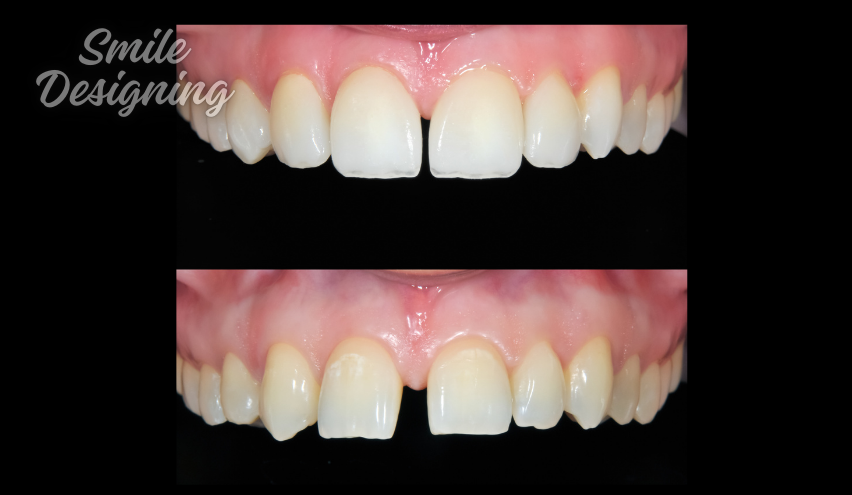Personalized planning and treatments to craft your ideal smile transformation.
-
Traditional Bridges: These are the most common type of dental bridge. They are made of either porcelain, ceramics, or metal and are used when there are healthy teeth on both sides of the gap. The dentist will place crowns on the adjacent teeth and use them to support the pontic (artificial tooth).
-
Cantilever Bridges: This type of bridge is used when there is only one adjacent tooth next to the gap. The pontic is supported on one side by a crown that is placed on the adjacent tooth. This type of bridge is less common because it can place more stress on the supporting tooth.
-
Maryland Bridges: Also known as resin-bonded bridges, Maryland bridges are made of a metal or porcelain framework with wings that are bonded to the back of the adjacent teeth. They are often used for replacing front teeth and require minimal alteration to the adjacent teeth.
-
Implant-Supported Bridges: These bridges are supported by dental implants rather than natural teeth. If multiple teeth are missing, implants are placed in the jawbone to anchor the bridge. This provides more stability and preserves the structure of the adjacent teeth.
-
Replace Missing Teeth: Bridges are an effective way to replace missing teeth, restoring the function of your bite and the appearance of your smile.
-
Prevent Teeth Shifting: Gaps left by missing teeth can cause surrounding teeth to shift into the space, leading to misalignment and bite issues. A bridge prevents this movement.
-
Restore Chewing and Speaking Function: Missing teeth can make chewing difficult and affect speech. A bridge helps restore normal function, improving comfort and confidence.
-
Improve Facial Appearance: Missing teeth can lead to changes in the structure of your face, causing it to appear sunken. A dental bridge can help restore a more youthful appearance.
-
Consultation and Planning: The dentist will assess the condition of your teeth, gums, and jawbone, taking X-rays and impressions to design a custom bridge. They will also discuss the best type of bridge based on your specific needs.
-
Tooth Preparation: For traditional bridges, the adjacent teeth are prepared by removing some enamel to make space for the crowns that will hold the bridge in place. In the case of implant-supported bridges, implants are placed in the jawbone before proceeding with the bridge.
-
Impressions: The dentist will take an impression of your teeth, which will be sent to a dental lab to create a custom-made bridge. A temporary bridge may be placed to protect the prepared teeth during this time.
-
Fitting and Adjustment: Once the permanent bridge is ready, it is placed, and the dentist checks for fit and comfort. Minor adjustments may be made to ensure the bridge aligns correctly with your bite.
-
Final Placement: After confirming the proper fit and aesthetic appearance, the bridge is permanently cemented or bonded in place. In the case of implant-supported bridges, the artificial teeth are attached to the implants once they have fully integrated into the jawbone.
Caring for a dental bridge involves regular brushing and flossing to maintain oral hygiene and prevent plaque buildup. Special flossing tools, such as floss threaders, may be recommended to clean under the bridge. Regular dental check-ups are essential to ensure the bridge remains in good condition and the surrounding teeth are healthy.
Dental bridges are a durable and effective solution for restoring the function and aesthetics of your smile. By replacing missing teeth and preserving the alignment of your bite, a dental bridge can greatly enhance your overall dental health and appearance.
Sign up for an appointment
It just takes a few minutes to sign up and get fast, easy access to care, 24/7. No need for your insurance card yet.

